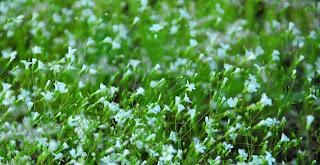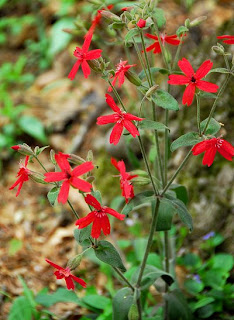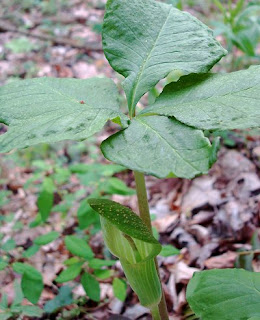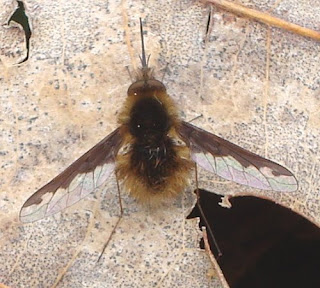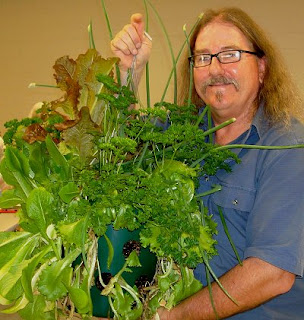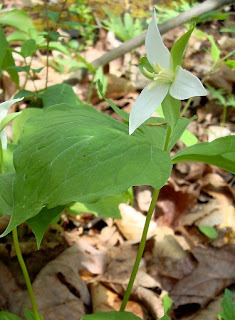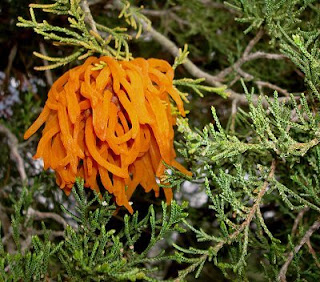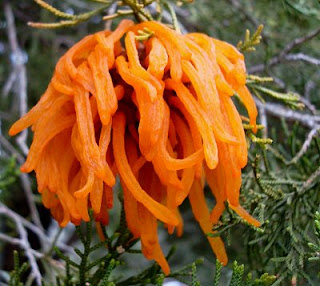
My new favorite t-shirt.
It's wrinkled, because I had to dig into the dirty clothes for it. I guess I should be ashamed of such a slipshod photo, but I couldn't convince myself to iron a dirty shirt.
One of these days I suppose I ought to start acting my age. I imagine even now, people point and whisper behind my back. Since my hearing's not what it once was, I just don't notice it.
Will I still be wearing zombie t-shirts when I'm 60? I don't know, maybe. I don't have any children to embarrass, so it's likely.
One of my friends calls the upcoming US tax rebate her George money. We plan to be good citizens and help the economy, by spending our George money instead of saving it. (Uh-huh.)
I started a little early. I've bought this zombie shirt and pre-ordered the new Charlaine Harris book. I'm already listening to my new REM CD. (I slipped up and bought a Teddy Thompson CD too, before I realized that he's British. To be a solid citizen, I should concentrate on US products only I guess.)
I also ordered this Zebra/UPC t-shirt but haven't received it yet.
I plan on buying a coffee press.
I want Annie to throw me a few bowls (if she ever gets around to pottery again).
Mmm, what else?
I've been meaning to read This Republic of Suffering and Peter Sagal's book. I want all of Elizabeth Dewberry's books. (Ack! Elizabeth Dewberry, you are brilliant, but you really need a website.)
When I told my husband I might spend all my George money on books and CDs, he thought I was kidding, and laughed.
What are you doing with your George money?
-----
The shirt is all Twinks' fault, by the way. I'd never have know about shirt.woot if I hadn't read about her Nessie shirt. I have a feeling I'll be spending lots of money there in the future.










